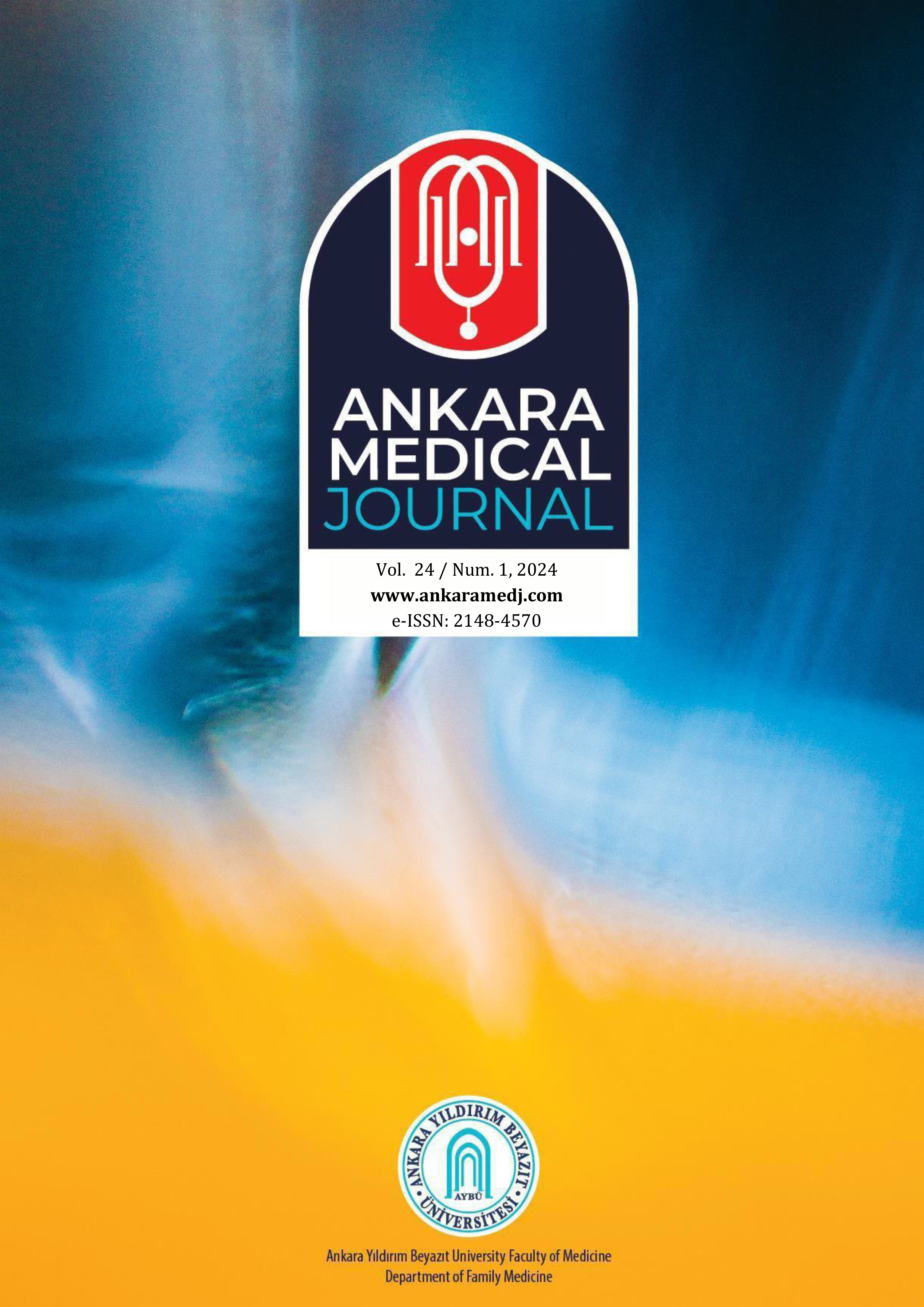Oxidative Stress In Patients With Carbon Monoxide Poisoning
Gülhan Kurtoğlu Çelik1, Gül Pamukçu Günaydın1, Bülent Demir2, Mehmet Yılmaz3, Teoman Ersen4, Merve Ergin Tuncay1, Havva Şahin Kavaklı11Yıldırım Beyazıt University Faculty Of Medicine Department Of Emergency Medicine2Manisa Celal Bayar Üniversity
3Etimesgut State Hospital
4Sinop Ataturk State Hospital
INTRODUCTION: Oxidative stress refers to formation of more reactive oxygen species (ROS) than that are eliminated by cellular defense mechanisms (antioxidants). The aim of this study is to determine oxidative stress developed in CO poisoning, to measure oxidant and antioxidant parameters and to study the effects of the NBO and HBO treatments on these parameters.
METHODS: On admission to emergency department and at the end of 24th hour after the oxygen therapy, total oxidant status (TOS) was measured as an oxidative stress parameter, total antioxidant status (TAS), paraoxonase (PON), serum paraoxonase (SPON), arylesterase (ARES), and thiol (TTL) levels were measured as indicators of antioxidant capacity.
RESULTS: TAS, TTL and ARES levels were found to be significantly lower in the patient group when compared to control group. There were no differences in both inital and 24th hour levels of oxidative stress parameters between the patients who received hyperbaric therapy and normobaric therapy.
DISCUSSION AND CONCLUSION: Continuing decrease of TAS, PON, SPON, ARES, and TTL may be because the antioxidant capacity has not yet been replaced or reperfusion ischemia is caused by treatment. The results of our study support that oxidative balance turns against antioxidants in cases of CO poisoning.
Karbon monoksit zehirlenmesi olan hastalarda Oksidatif Stres
Gülhan Kurtoğlu Çelik1, Gül Pamukçu Günaydın1, Bülent Demir2, Mehmet Yılmaz3, Teoman Ersen4, Merve Ergin Tuncay1, Havva Şahin Kavaklı11Yıldırım Beyazıt Üniversitesi, Acil Tıp Kliniği2Manisa Celal Bayar Üniversitesi
3Etimesgut Devlet Hastanesi
4Sinop Atatürk Devlet Hastanesi
GİRİŞ ve AMAÇ: Oksidatif stres, hücresel savunma mekanizmalarıyla (antioksidanlar) elimine edilenden daha fazla reaktif oksijen türü (ROS) oluşumunu ifade eder. Bu çalışmanın amacı, CO zehirlenmesinde gelişen oksidatif stresi belirlemek, oksidan ve antioksidan parametreleri ölçmek ve normobarik oksijen (NBO9 ve hiperbarik oksijen (HBO) tedavilerinin bu parametreler üzerindeki etkilerini incelemektir.
YÖNTEM ve GEREÇLER: Acil servise başvuruda ve oksijen tedavisi sonrası 24. saatin sonunda toplam oksidan durum (TOS) oksidatif stres parametresi, total antioksidan durum (TAS), paraoksonaz (PON), serum paraoksonaz (SPON), arilesteraz (ARES) ve tiol (TTL) seviyeleri, antioksidan kapasite göstergesi olarak ölçüldü.
BULGULAR: Hasta grubunda kontrol grubuna göre TAS, TTL ve ARES düzeyleri anlamlı olarak düşük bulundu. Hiperbarik tedavi ve normobarik tedavi alan hastalar arasında oksidatif stres parametrelerinin hem başlangıç hem de 24. saat düzeylerinde farklılık yoktu.
TARTIŞMA ve SONUÇ: TAS, PON, SPON, ARES ve TTL'de devam eden düşüş, antioksidan kapasitenin henüz değiştirilmemiş olmasından veya reperfüzyon iskemisinin tedaviden kaynaklanmasından kaynaklanıyor olabilir. Çalışmamızın sonuçları CO zehirlenmesi vakalarında oksidatif dengenin antioksidanlara ters döndüğünü desteklemektedir.
Corresponding Author: Gülhan Kurtoğlu Çelik, Türkiye
Manuscript Language: English
(501 downloaded)





